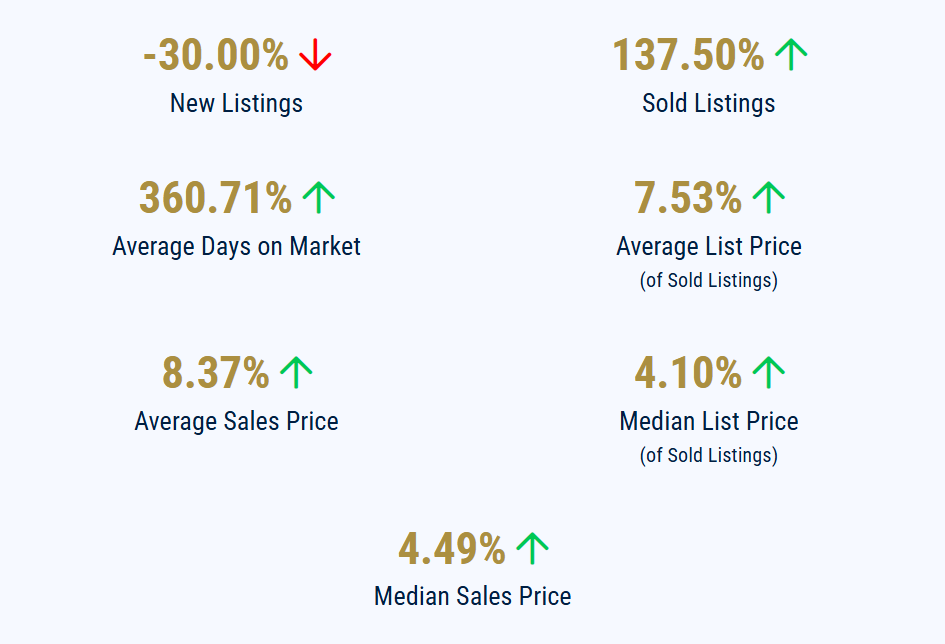A rare double feature is unfolding overhead this month: Comet C/2025 A6 (Lemmon) and Comet C/2025 R2 (SWAN) are both primed for evening viewing, with their best dates clustered around the new moon on October 21—a gift of darker skies. Expect both to be easy binocular targets and possibly visible to the unaided eye from truly dark locations.
What’s happening—and when
- Comet Lemmon (C/2025 A6)
Discovered by the Mount Lemmon Survey in January, Lemmon has surged in brightness and reaches its closest approach to Earth around Oct. 21, making late October the sweet spot for viewing. Forecasts place it roughly in the magnitude 4–6 range (comets are famously unpredictable), with naked-eye potential under excellent skies. - Comet SWAN (C/2025 R2)
First spotted in SOHO/SWAN data, SWAN brightened rapidly and is best between Oct. 18–21. Most guides expect it near magnitude ~6 (binocular-friendly), though brief outbursts can push it brighter.
Where to look (U.S. East & Carolinas)
- Lemmon: Start 45–90 minutes after sunset, scanning the west to northwest. Through late October it sits low in the western sky; sweep slowly with binoculars.
- SWAN: Look low in the southwest shortly after dusk. It sets early, so an unobstructed horizon helps.
Why late October is ideal
The new moon on Oct. 21 minimizes glare, and the Orionid meteor shower peaks Oct. 20–21—so a single outing can net comets and meteors. Aim for the Oct. 18–22 window if you can.
Brightness: set expectations (and bring binoculars)
Comet brightness can change quickly; dust, geometry, and outbursts all play a role. Current outlooks suggest Lemmon could flirt with naked-eye visibility, while SWAN hovers near the binocular threshold—but either can surprise. 7×50 or 10×50 binoculars dramatically improve your odds.
Quick observing checklist
- Dark site: Get well away from city lights; rural skies make the difference.
- Timing: Dusk to ~90 minutes after sunset is prime; SWAN sets earlier.
- Tools: Binoculars, a reclining chair, and a star app (e.g., Stellarium) to plot positions for your exact time and location.
- Patience: Give your eyes 20–30 minutes to dark-adapt and sweep slowly; comets often appear as diffuse, grayish smudges with a short tail.
The science and the moment
Both comets hail from the Oort Cloud, carrying ancient ices that sublimate into glowing comae and tails as sunlight warms them. October’s tandem appearance offers researchers fresh data—and the rest of us a reminder to look up and feel small (in the best way).
Key Dates at a Glance
- Oct. 18–22: Best overall viewing window for both comets
- Oct. 20–21: Orionids peak + new moon on Oct. 21
- Late Oct → early Nov: Lemmon remains favorably placed after dusk (watch it shift night by night)
If skies cooperate, you’ll come away with two comets, a few meteors, and a memory you’ll talk about for years.
Sign up for our Sunday Spectator. Delivered to your inbox every Sunday, with all the news from the week.















